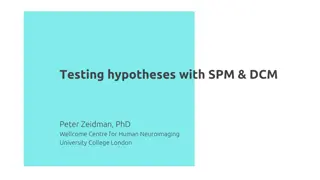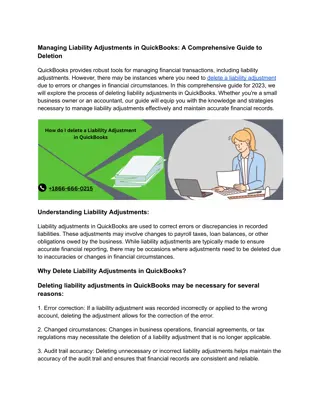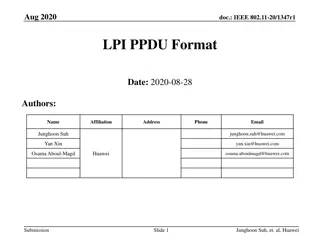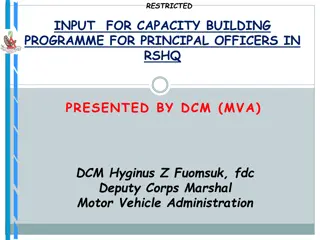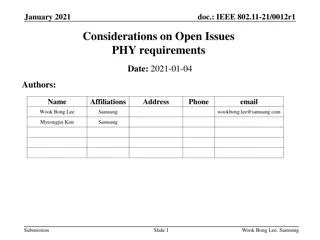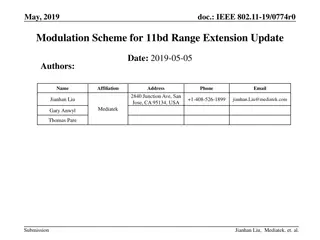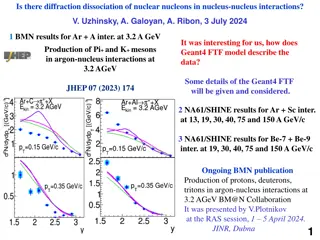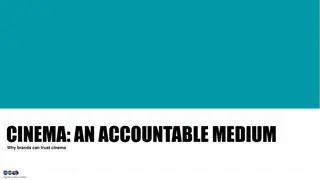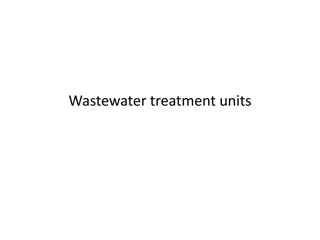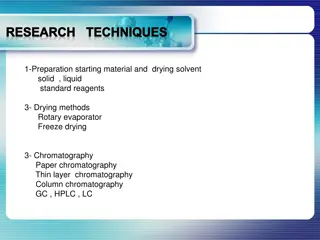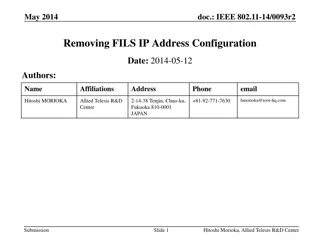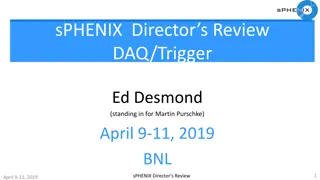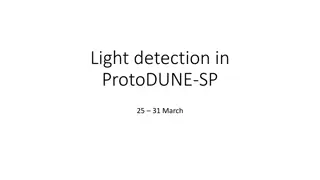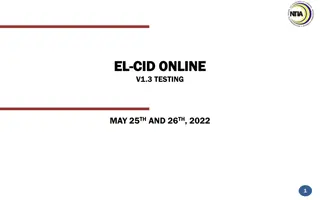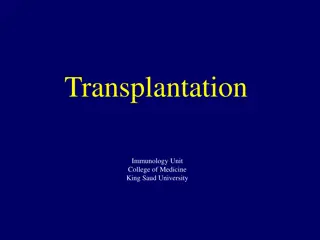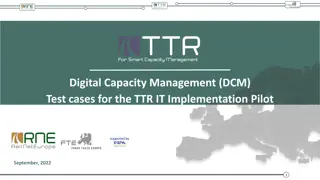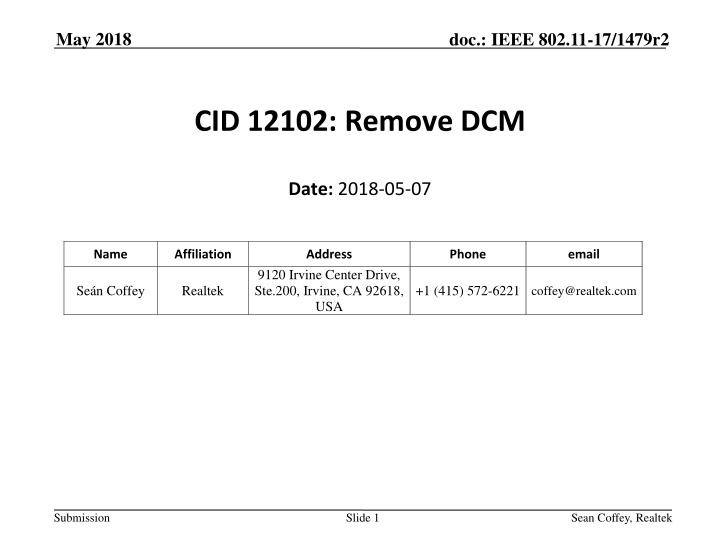
Deleting DCM in IEEE 802.11-17/1479r2: Resolution Proposal Analysis
Analysis of the proposal to remove DCM (Direct Conversion Modulation) and its references in the IEEE 802.11-17/1479r2 draft. The commentary discusses the reasons behind removing DCM as a low-rate mode in relation to the project goals, emphasizing the need to simplify the text and focus on the primary objectives. Various slides and footnotes provide insights into the resolution and counterarguments, highlighting the importance of clarity and evidence-backed assertions in such technical proposals.
Download Presentation

Please find below an Image/Link to download the presentation.
The content on the website is provided AS IS for your information and personal use only. It may not be sold, licensed, or shared on other websites without obtaining consent from the author. If you encounter any issues during the download, it is possible that the publisher has removed the file from their server.
You are allowed to download the files provided on this website for personal or commercial use, subject to the condition that they are used lawfully. All files are the property of their respective owners.
The content on the website is provided AS IS for your information and personal use only. It may not be sold, licensed, or shared on other websites without obtaining consent from the author.
E N D
Presentation Transcript
May 2018 doc.: IEEE 802.11-17/1479r2 CID 12102: Remove DCM Date: 2018-05-07 Name Affiliation Address Phone email 9120 Irvine Center Drive, Ste.200, Irvine, CA 92618, USA Se n Coffey Realtek +1 (415) 572-6221 coffey@realtek.com Submission Slide 1 Sean Coffey, Realtek
May 2018 doc.: IEEE 802.11-17/1479r2 Abstract CID 12102 proposes deleting DCM and all references to it in the draft. The proposed resolution in doc. IEEE 802.11-18/0799r0 does not adequately address the comment. The resolution proposed in CID 12102 should be accepted. CIDs addressed: 12102 Submission Slide 2 Sean Coffey, Realtek
May 2018 doc.: IEEE 802.11-17/1479r2 CID 12102 In a severely bloated amendment, we should look for ways to simplify the text and to focus on the central goals of the project. One way is to remove minor modes that are only tangentially related to the goals of the project. One of these is DCM, yet another low-rate range-extension mode in an amendment that is not primarily concerned with range extension. There is not one word about range extension in the PAR or CSD, yet range extension modes clutter up the draft. To the extent that low-rate modes displace use of higher ratre modes on the medium, they actually work counter to the goals of the amendment. It may very well be that range extension would make a worthy and interesting project in itself, with a carefully worked out PAR and CSD. DCM is an optional, low-rate mode that can't even be used in conjunction with other range extension modes (STBC). It's a marginal special case and the draft would be better without it. N.B. A simlar comment was submitted on D1.0 (CID 6838); the purported 'resolution' (cf. 11-17-0010-14) is entirely unsatisfactory, consisting as it does of vague and conclusory assertions cast in the first person; this is unacceptable. (emphasis added) Submission Slide 3 Sean Coffey, Realtek
May 2018 doc.: IEEE 802.11-17/1479r2 CID 12102 footnote Conclusory here means consisting of or relating to a conclusion or assertion for which no supporting evidence is offered See CONCLUSIVE = GOOD; CONCLUSORY = BAD , Mark Liberman, Language Log, April 15, 2007 (http://itre.cis.upenn.edu/~myl/languagelog/archives/004407.html) Standard and common in legal usage, less standard elsewhere Submission Slide 4 Sean Coffey, Realtek
May 2018 doc.: IEEE 802.11-17/1479r2 CID 12102 12102 28.3.11 .15 In a severely bloated amendment, we should look for ways to simplify .... Delete DCM and all references to it in the draft. 474 23 Rejected. DCM mode is introduced also for enhancing reliability of transmissions with narrow band interferences that are common for dense networks. The commentor does not provide a detailed proposed change for his/her comment. Submission Slide 5 Sean Coffey, Realtek
May 2018 doc.: IEEE 802.11-17/1479r2 Rebuttal to 18/0799r0 s proposed resolution DCM mode is introduced also for enhancing reliability of transmissions with narrow band interferences that are common for dense networks Dense Wi-Fi networks will have lots of Wi-Fi traffic, but why will they have many narrow band interferers? There are no references in the PAR or CSD to narrow band interferers No references to narrow band (or any non-Wi-Fi) interferers in Functional Requirements, Simulation Scenarios, or SFD The commentor does not provide a detailed proposed change for his/her comment Not true: the comment provides a very specific resolution: Delete DCM and all references to it in the draft This proposed resolution, down to the use of his/her , seems more a cut-and-paste generic dismissal than a genuine attempt to engage with the comment Submission Slide 6 Sean Coffey, Realtek
May 2018 doc.: IEEE 802.11-17/1479r2 Rebuttal, contd. background PAR (11-14/0165r1) references to interference and interferers: Increased interference from neighboring devices gives rise to performance degradation. Section 5.5 Significantly increase spectral frequency reuse and manage interference between neighboring overlapping BSS (OBSS) in scenarios with a high density of both STAs and BSSs. Section 8.1 CSD (11-14/0169r1) references to interference and interferers: This project will focus on a WLAN that can efficiently support deployments with dense stations and dense access points where interference from neighboring devices is an issue affecting the perceived user experience. This project will focus on system level performance and improving the utilization of the spectrum resources as well as interference mitigation and management between neighboring overlapping basic service sets (OBSSs). Section 1.2.3 Similarly for Simulation Scenarios (11-14/0980r16), Functional Requirements (11-14/1009r2) and Spec Framework Document (11-15/0132r17) No appearances of narrow in any of these documents Submission Slide 7 Sean Coffey, Realtek
May 2018 doc.: IEEE 802.11-17/1479r2 Motion Motion: Move to accept the commenter s proposed resolution to CID 12102: Delete DCM and all references to it in the draft Yes No Abstain Submission Slide 8 Sean Coffey, Realtek


